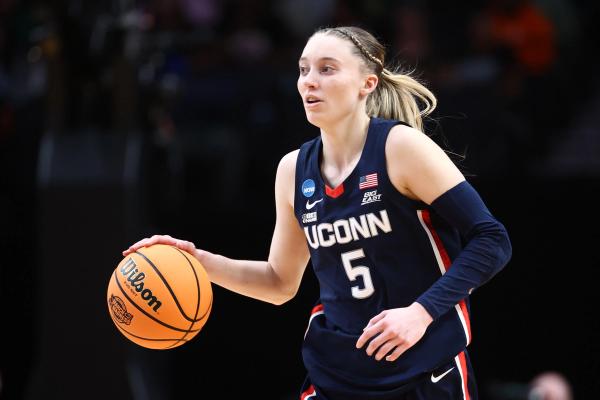Inequities in men’s and women’s collegiate sports offer unexpected silver lining

The GIST: Title IX was passed in 1972 to ensure the equal treatment of women and men at publicly funded institutions, but in the business of college sports, an astounding 93% of schools are not in compliance with the bill. Inspired by a recent panel discussion from Front Office Sports, let’s break down a piece of the NCAA’s gender disparity pie — NIL.
The context: There are two types of NIL deals — commercial and collective. Commercial NIL consists primarily of brand deals while collectives are donor-driven and make up 90% of the $1.67B generated by NIL, per Blake Lawrence of Opendorse.
- Collective dollars mirror revenue trends in college sports: According to Lawrence, football receives 75% of the money from NIL collectives, with men’s basketball being the next-biggest beneficiary.
- In short, collectives exacerbate the already-existing inequities in women’s and men’s collegiate sports, almost functioning as a workaround to Title IX…and the lawsuits have already started to roll in.
Going deeper: Despite the collective discrepancy, women athletes are averaging more NIL commercial deals than their male peers and comprise 58% of all NIL action. But there’s an added wrinkle: There’s no additional work with collectives, athletes simply receive money akin to a salary, whereas commercial deals require making posts and working with a brand, among other things.
- So, if women athletes are working more for less (shocking!), then what’s the silver lining? The intangible life skills women athletes receive through commercial deals: Women student-athletes are learning to leverage social media and create value for a brand, while also becoming a brand themselves in a way their male counterparts typically aren’t.
Looking forward: And it isn’t just NIL facing Title IX implications — with House v. NCAA on the cusp of approval, revenue sharing is poised to shake up collegiate sports. If assets are equally shared across men and women per Title IX, it’d be the biggest wealth creation in women’s sports history, providing programs and athletes with an additional influx of cash. Sing it, Hannah.
Enjoying this article? Want more?

Sign up for The GIST and receive the latest women's sports business news straight to your inbox three times a week

